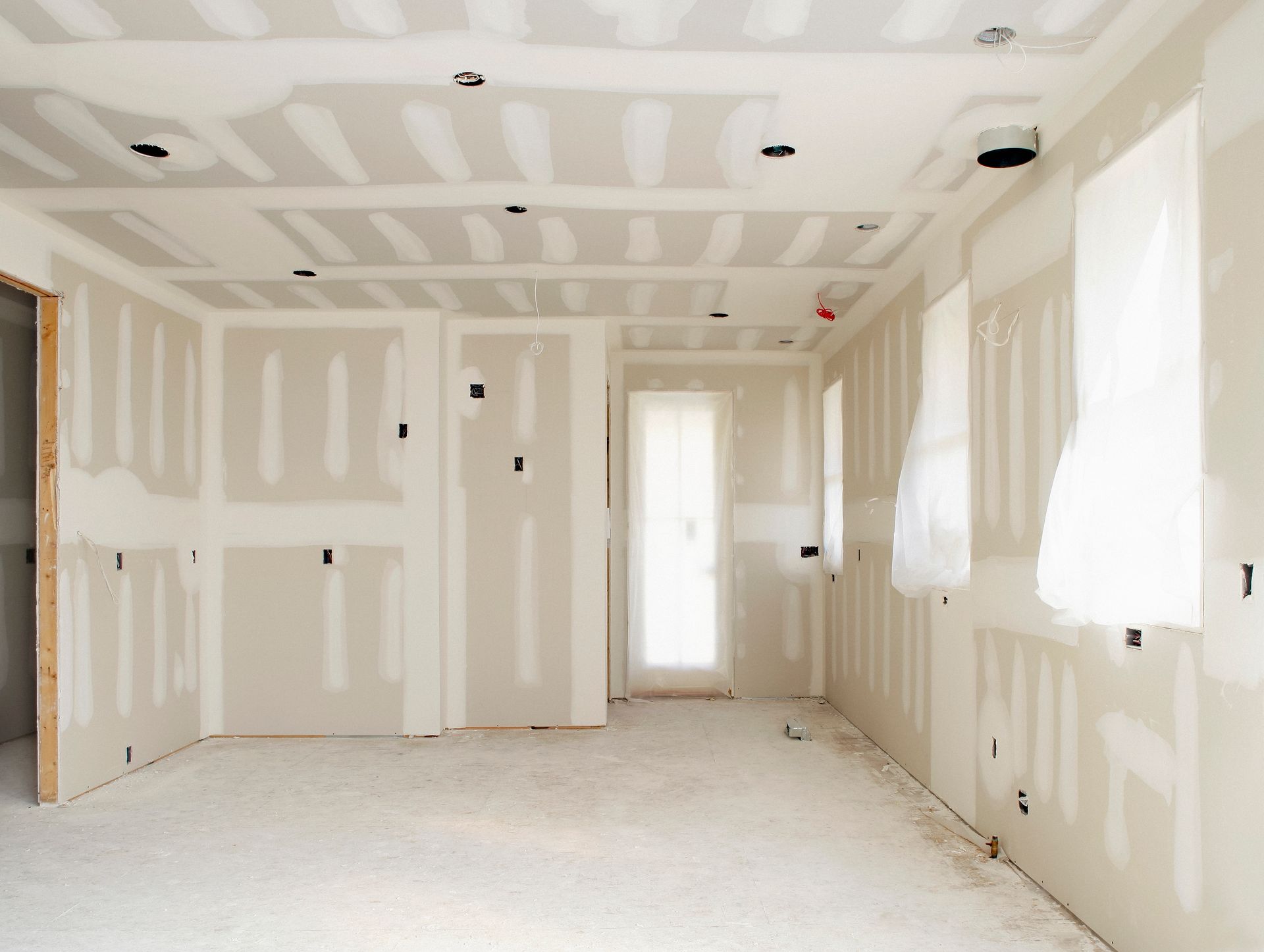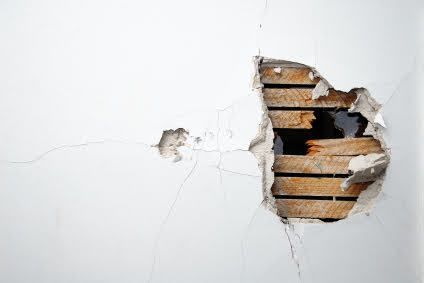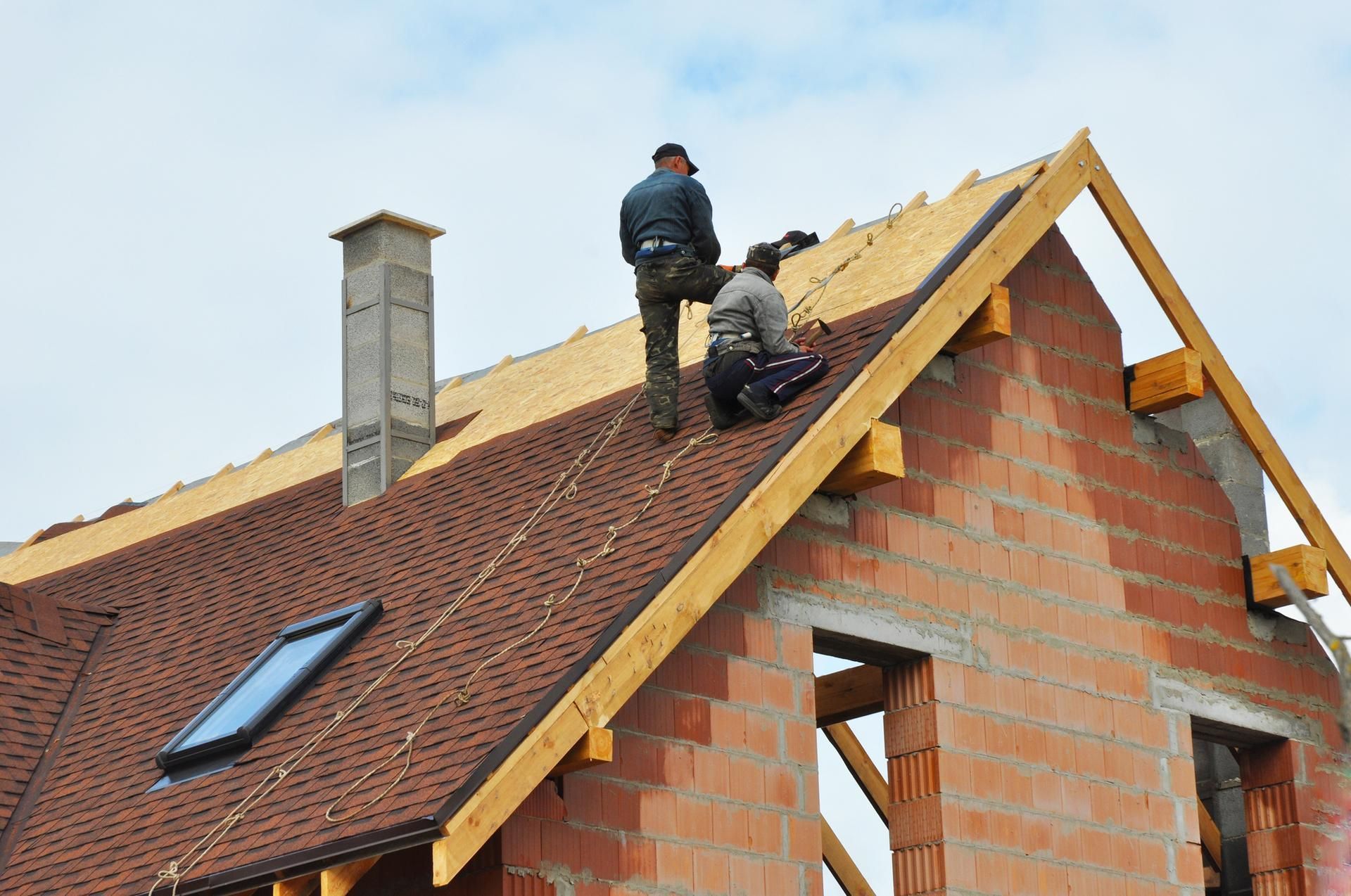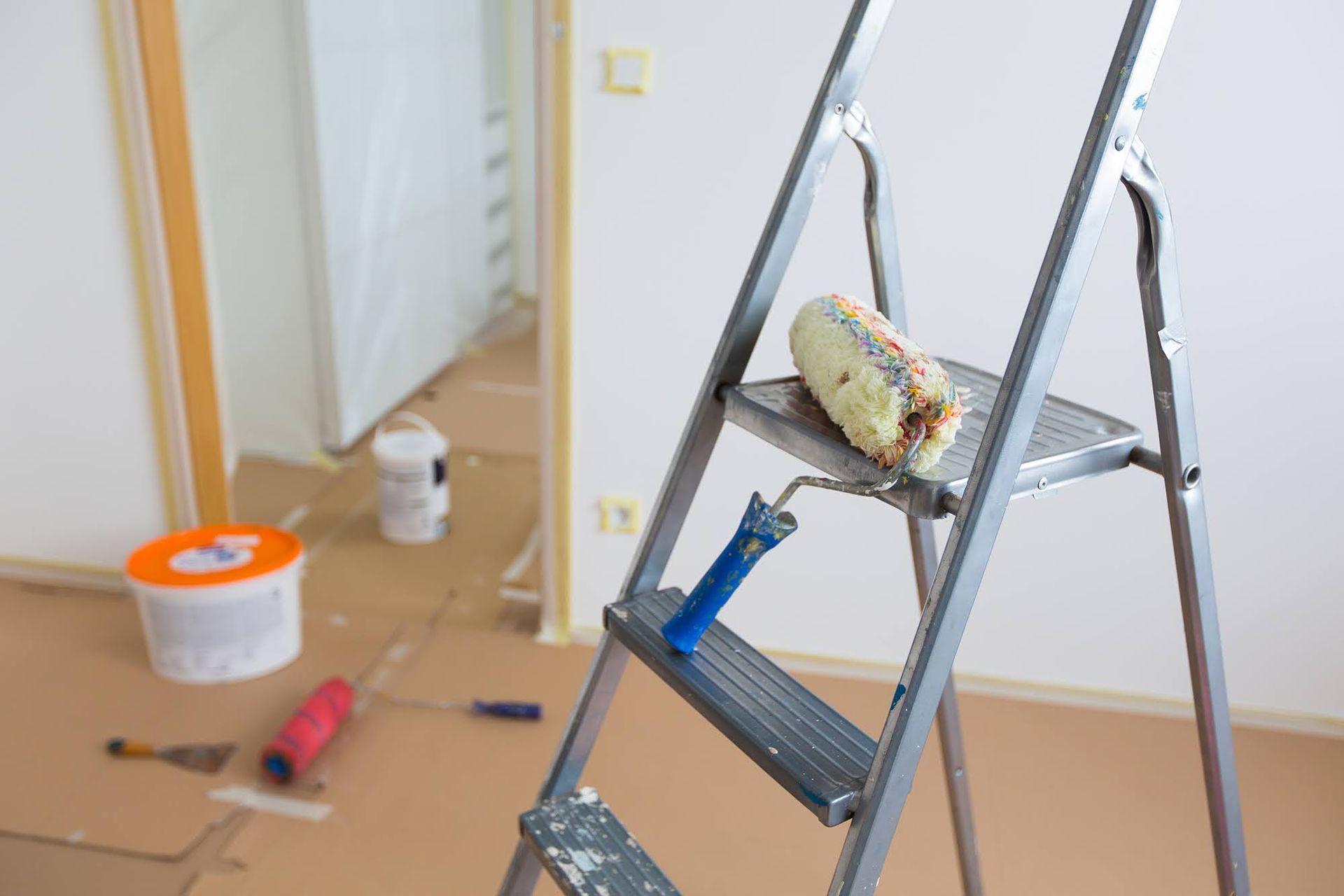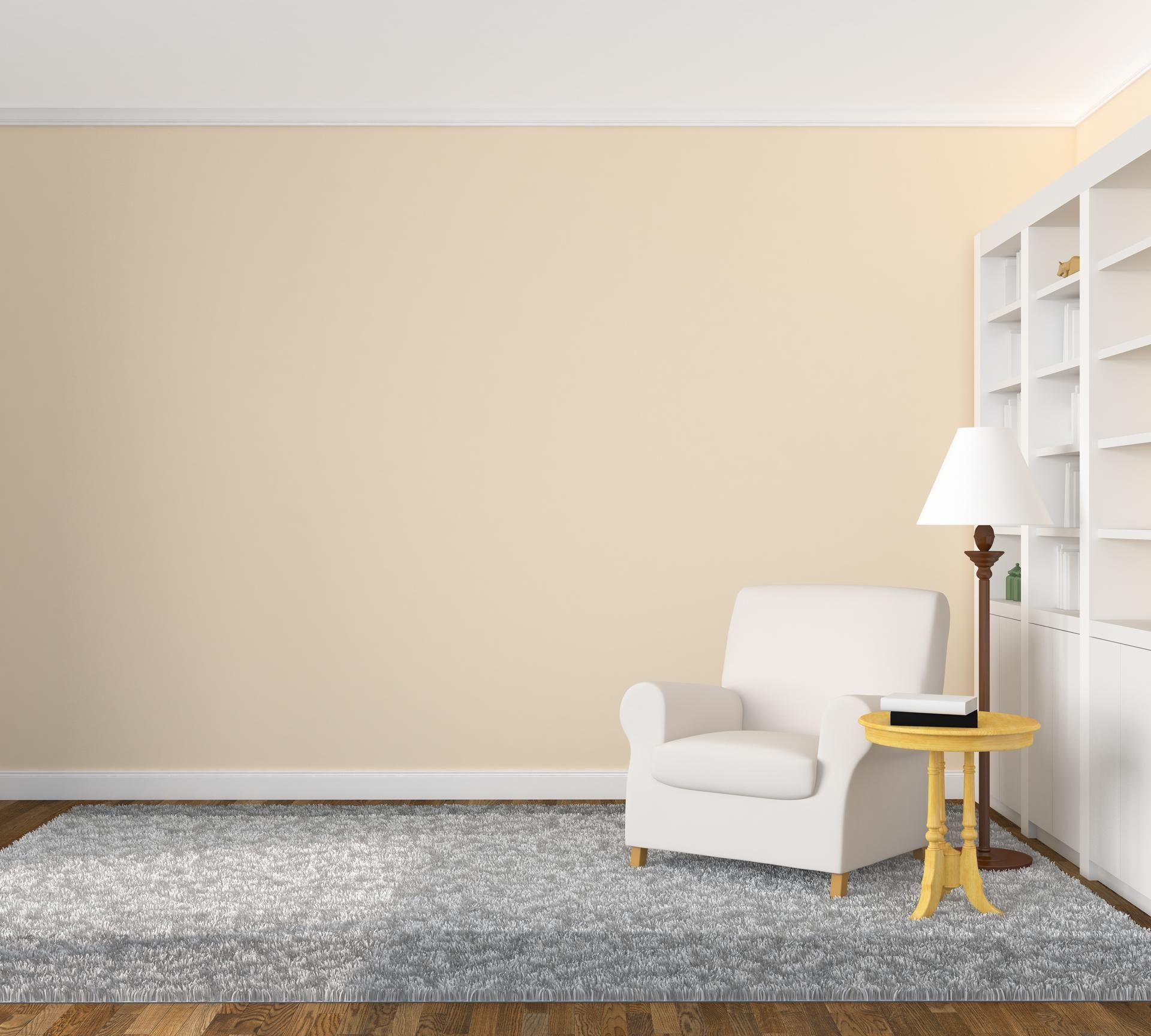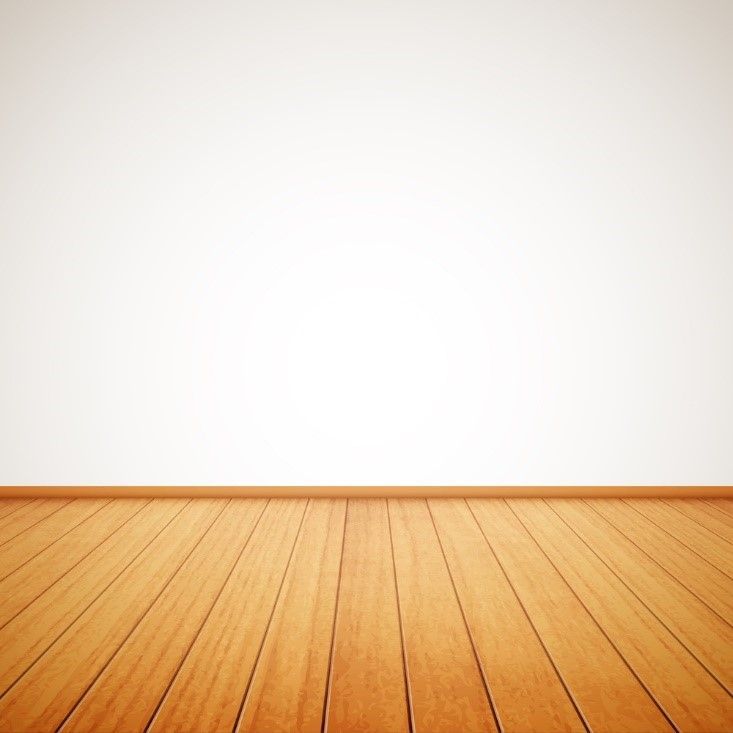Serving : Denver, Boulder and the Entire Front Range
CALL US TODAY! (303) 429-1119
The Importance of Replacing Wet Drywall
After a flood or water damage in your home, one of the most common issues you may face is wet drywall. It's crucial to address this problem promptly to prevent further damage and potential health hazards. In this blog post, we'll discuss the importance of replacing wet drywall, signs of water damage, and the cost-effectiveness of repair versus replacement. You'll also learn about the benefits of hiring a professional drywall specialist and tips for preventing future drywall damage.
What Is Drywall?
Drywall is a flat panel of plaster that forms the walls of your home. Unless you have concrete or other solid walls in your house, odds are, the majority of your walls (and even ceiling materials) are drywall. It's a durable and insulative material but isn't waterproof, so if it gets damaged, it needs to be repaired or replaced.
What Does Water Do To Drywall?
Water damage can wreak havoc on your home's drywall, causing various types of damage, such as discoloration, warping, bubbling, and even mold growth. Drywall can even crumble due to excessive moisture. These issues not only affect the aesthetics of your home but also compromise its structural integrity. When left untreated, wet drywall can lead to more significant problems like mold infestation and health risks for you and your family.
Is Repair Or Replacement Cheaper?
When it comes to addressing water-damaged drywall, many homeowners wonder whether it's more cost-effective to repair or replace it. In most cases, replacing wet drywall is the best option as it ensures that all moisture and mold are completely removed from the affected area. While repairing damaged drywall may seem like a cheaper solution upfront, it can end up costing you more in the long run if mold growth persists.
Why Hire A Professional?
Hiring a professional drywall specialist is highly recommended when dealing with water-damaged drywall as these experts have the knowledge, skills, and tools needed to assess the extent of the damage accurately and recommend the best course of action. They can also ensure that all necessary precautions are taken during the removal and replacement process to minimize health risks and ensure a safe environment for you and your family.
Drywall Water Damage Prevention
To prevent future drywall damage in your home, there are several steps you can take such as installing proper ventilation systems in areas prone to moisture buildup (e.g., bathrooms), fixing plumbing leaks promptly, maintaining gutters and downspouts to direct water away from your home's foundation, and sealing cracks or gaps in windows and doors. Regular inspections of your home's interior for signs of water leaks or damage can also help catch any issues early before they escalate.
Replacing wet drywall after a flood or water leak is essential for maintaining the integrity and safety of your home. By being aware of signs of water damage on drywall, understanding when to repair versus replace damaged areas, hiring professional specialists for assistance when needed, and taking preventative measures against future damage, you can protect your home from costly repairs and health hazards associated with mold growth. Don't hesitate to address wet drywall issues promptly - your home's well-being depends on it. Call our drywall specialists at A-Pro-Finish Drywall to discuss your drywall replacement issues today.
QUICK LINKS
Business Hours
- Mon - Fri
- -
- Sat - Sun
- Closed







